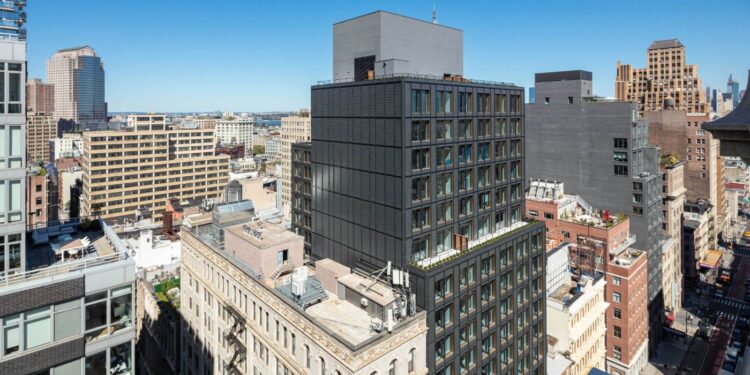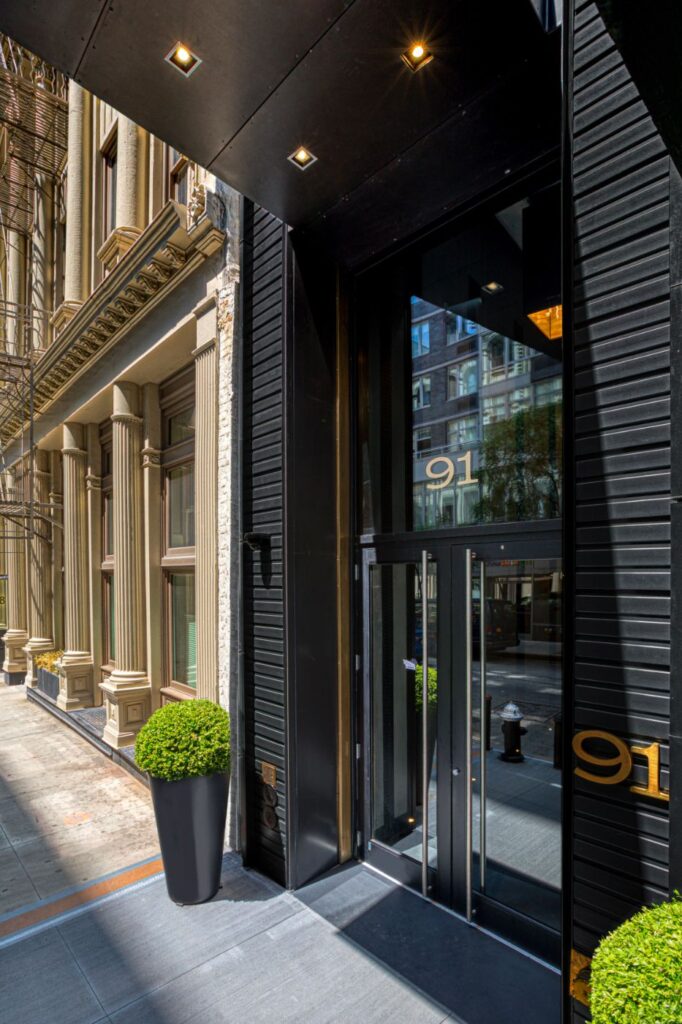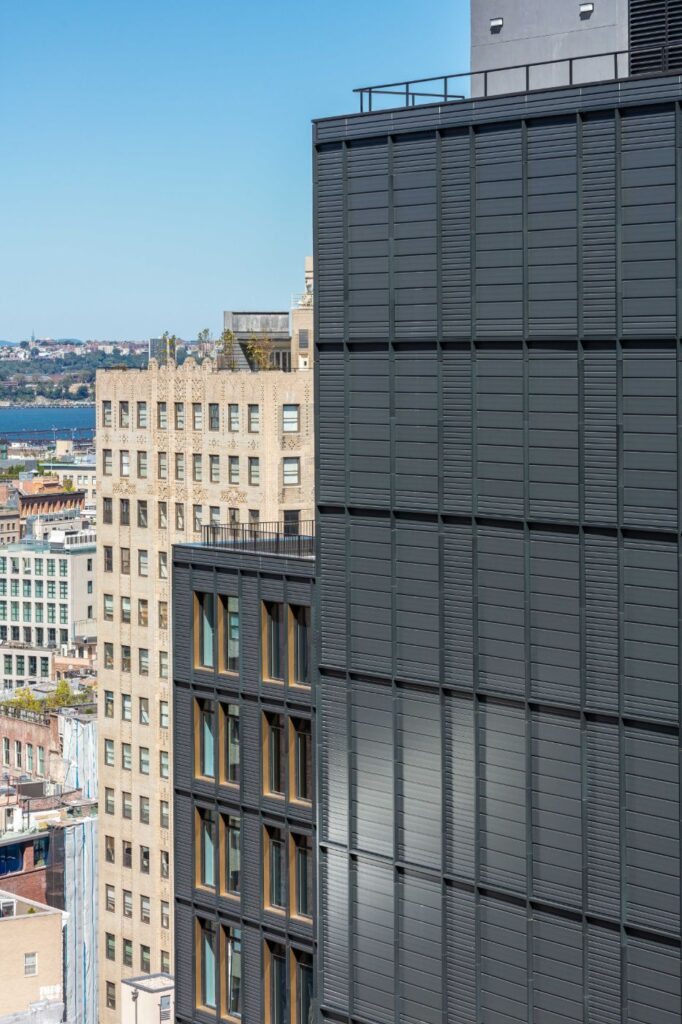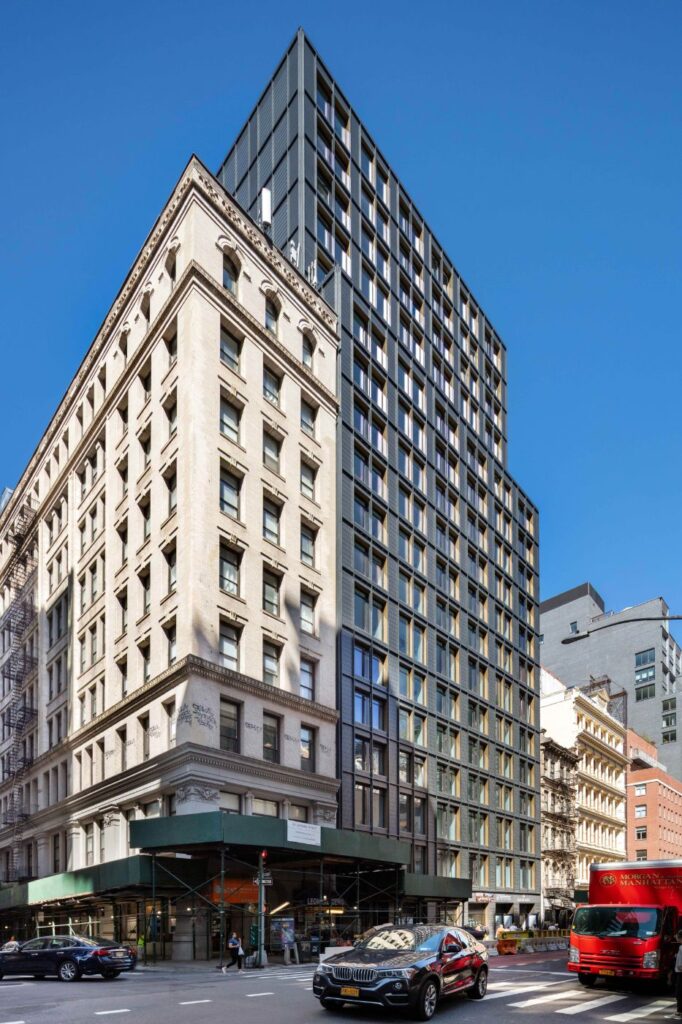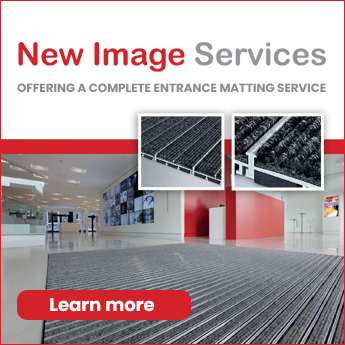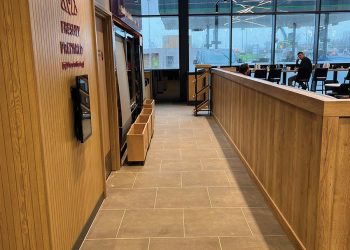With a successful track-record in ventilated ceramic façades going back decades, Agrob Buchtal is one of the acknowledged global leaders in this demanding area.
Previous issues of The Specifier’s Guide have examined the general characteristics of Agrob Buchtal’s ceramic façade systems.
These articles underlined the company’s proven competence in specialties such as three-dimensional façade ceramics, which can be used to create complete or partial elevations.
The design potential of Agrob Buchtal’s purpose-manufactured systems is very popular … and for good reason. They allow architectural elements – such as translucent or rhythmic building envelopes – to be realised aesthetically and, also, functionally.
Agrob Buchtal is one of the very few companies that can offer 3D façade ceramics both for curtain-type rear-ventilated systems, and for direct installation on thermal insulation composite systems.
Curtain-type rear-ventilated systems
A combination of three factors – aesthetics, cost efficiency, and sustainability – is the basis for the growing success of curtain-type rear-ventilated façade systems.
The main reason for this type of system’s technical superiority is the structural separation of the thermal insulation and weather protection functions.
Agrob Buchtal’s 3D façade ceramics for such curtain-type rear-ventilated systems are summarised under the collective term KeraShape. This brand name expresses one of the main advantages, namely the very special design language that distinguishes these products.
With its extensive bandwidth, the KeraShape range is primarily aligned towards setting highlights and supporting architects in realising individual concepts. Apart from their function as design elements, these products also serve entirely practically purposes, like visual and sun protection.
The standard range comprises:
- Rectangular tubes (50 by 60mm and 60 by 60mm) in lengths up to 1,800mm
- Rectangular tubes (50 by 100mm) in lengths up to 1,500mm
- Rounded lamellar elements (140 by 60mm) with a maximum length of 1,200mm
Using special fastening sets, the individual elements can be merged to form compact units or extended practically infinitely. Even these standard items – which are perfectly co-ordinated to the other façade systems offered by Agrob Buchtal – permit numerous design variants. Furthermore, individual special shapes and sizes are possible.
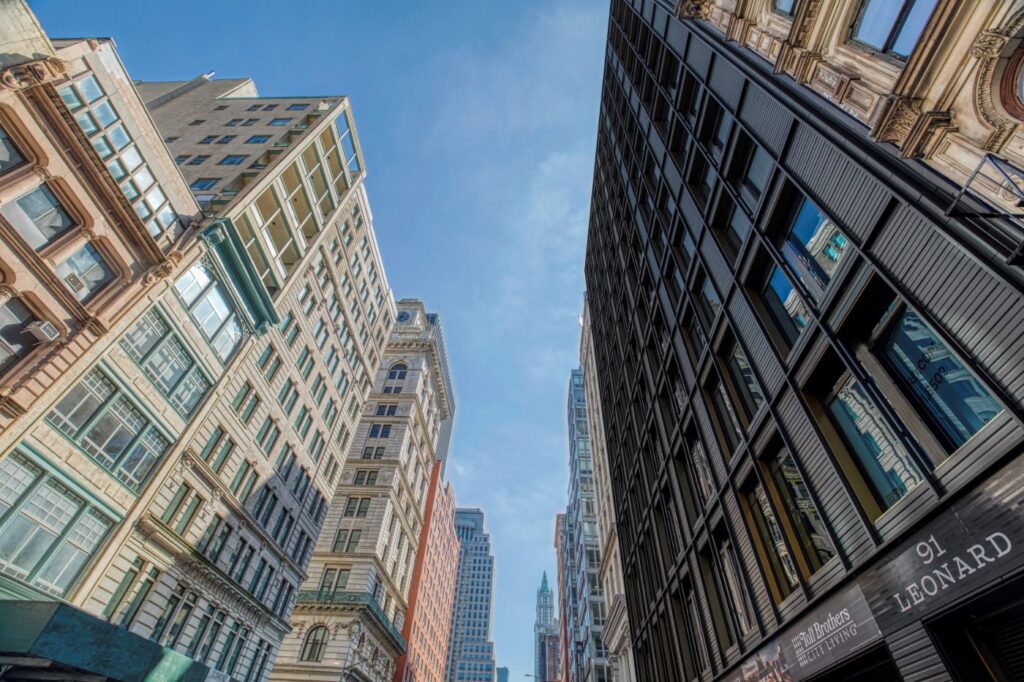
The three-dimensional KeraShape-products are available in numerous colour shades in glazed or unglazed versions, like the two-dimensional façade ceramics from Agrob Buchtal. Therefore nothing stands in the way of tone-in-tone design. But contrasting concepts are also a popular option as they open up fascinating possibilities for making large façades appear less monotonous. The same effect can be realized with three-dimensional façade ceramics when used to achieve a visual rhythm.
With its variety of colours, formats, and surface finishes, KeraTwin offers the architect enormous freedom of design. And, as diverse fastening alternatives ensure technical and structural versatility, this system offers the appropriate solution to even the most challenging project.
As a façade system with the widest variety of colours, KeraTwin enables architects to realise their creative concepts.
As well as the SpectraView range of colours – nine harmoniously co-ordinated colour families and contrasting colours – the Natura unglazed, Design unglazed, and Design glazed colour systems are also available.
On request, the panels can also be supplied with profiles that, due to their three-dimensional texture, break up the visual appearance of large façades, lending a distinctive character.
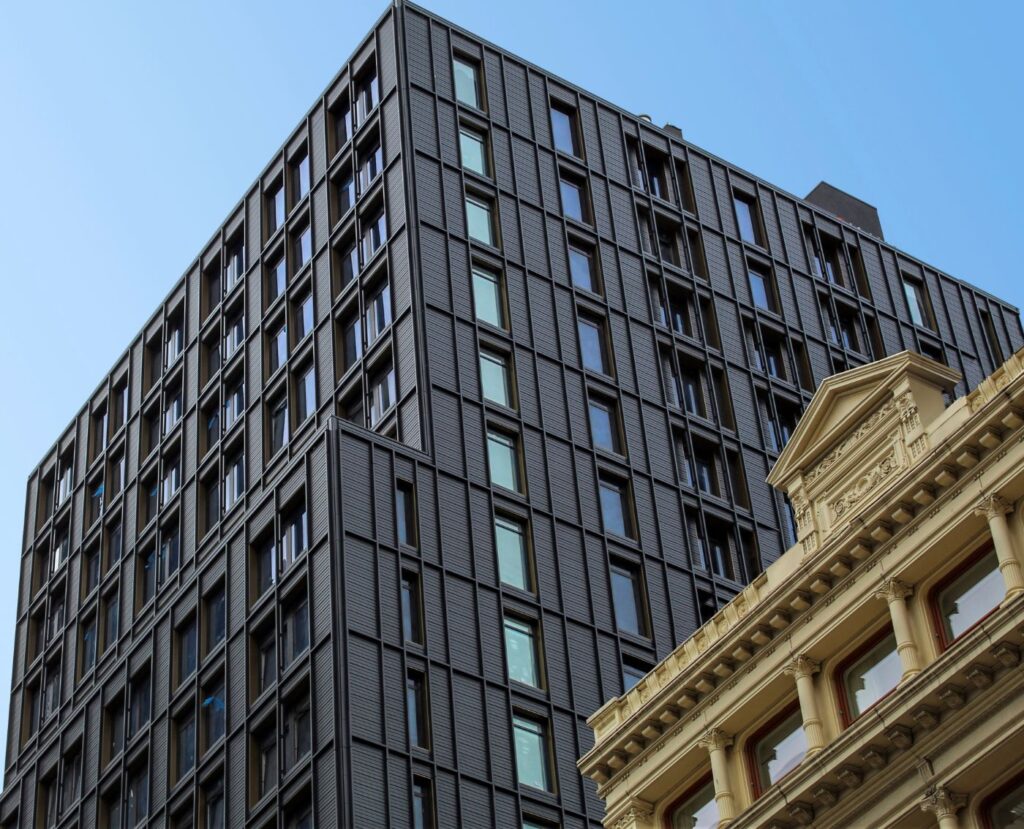
The KeraTwin system variants essentially differ in terms of their fastenings which depend on the requirements of the specific project. The vertical K20 system rail, for example, offers extensive freedom of design and a wide range of accessories. As the panels are simply hung on the system rail, no additional tools are required for installation. Even faster and more efficient laying is possible using the innovative K20 T-profile which requires fewer individual components in the substructure.
The vertical K20 Omega profile has proved itself as a specialist for efficient installation on difficult bases; while the K20 clamp system permits mounting of the panels; not only in a horizontal and vertical direction, but also on ceilings.
The new OmegaS system variant offers further possibilities: large panels of up to 600 by 1,800mm can be mounted vertically.
SOM specifies Agrob Buchtal for flagship New York façade
The special features of the building on Broadway in New York designed by the architecture firm Skidmore, Owings and Merrill (SOM) undoubtedly include the luxury flats measuring up to 250 sq. metres.
The great care that went into all the detailing is evident in the finely structured façade surfaces, which feature one-off ceramics from Agrob Buchtal. The KeraShape and KeraTwin systems made it possible to integrate the building – which is more than 60 metres high – into its urban environment with both self-confidence and respect.
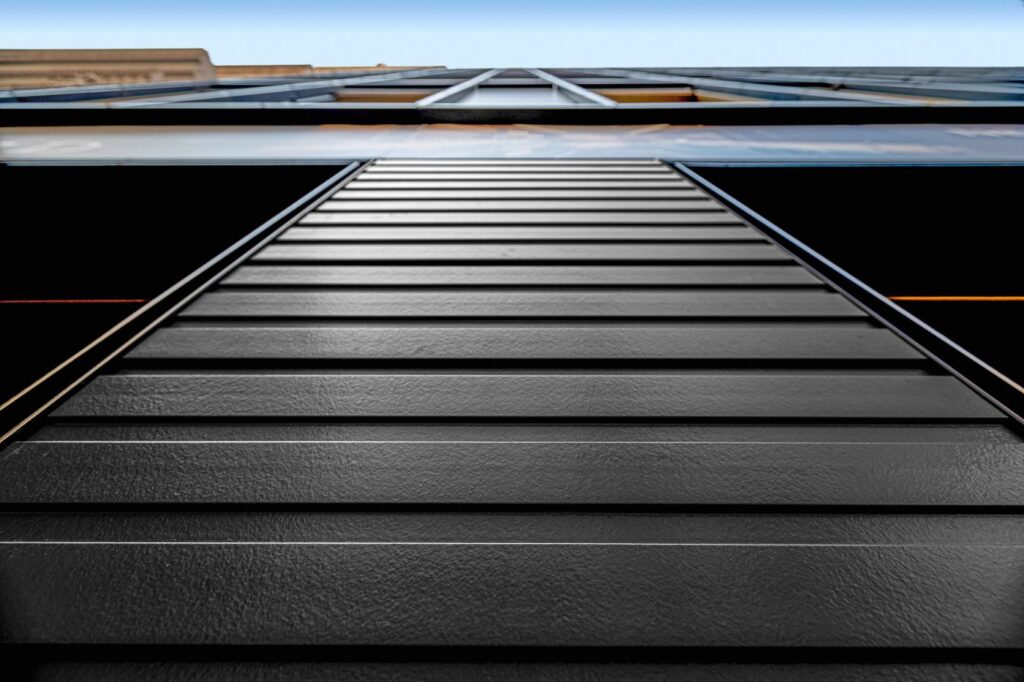
Tribeca: from industrial to in-district
Living in downtown Manhattan, the banking and business centre of New York, is highly popular. This is evidenced by the many new apartment buildings that have been filling the last remaining gaps for a few years now, or are being built in place of low-rise commercial buildings.
A particularly trendy district is Tribeca, a former industrial quarter directly north of Ground Zero. This area was first discovered by artists and creative professionals, and then by wealthy families, film stars, and pop idols.
One of the quarter’s latest projects is 91 Leonard, located on Broadway. The 19-storey building, with a total area of 16,500 sq. metres, was designed by the iconic New York architecture firm SOM, which, amongst others, was also responsible for the construction of the One World Trade Center.
Hill West Architects was responsible for the project’s implementation planning.
Delicately embedded
The new building fits sensitively into its urban environment in many respects.
On the one hand, like it’s neighbouring buildings, it has retail space on the ground floor and a structure which gradually recedes with increasing height. On the other hand, the high-rise has a finely structured facade with large windows as a reverence to the neighbouring old warehouse buildings and lofts with their brick and natural stone facades.
“Our primary goal was to create a building which relates to and respects the surrounding historic urban structure while being a modern addition to the quarter at the same time”, explains SOM Director, Kim Van Holsbeke.
Sensuous 3D ceramic façade
The pleasantly calm uniformity of the orthogonally structured façade is based on regularly placed double windows framed by an attached lattice structure of ceramic rectangular tubes of the KeraShape system of Agrob Buchtal.
The surfaces between this lattice structure and the recessed window openings with bronze-coloured reveal frames are made of ceramic tiles of the system KeraTwin K20.
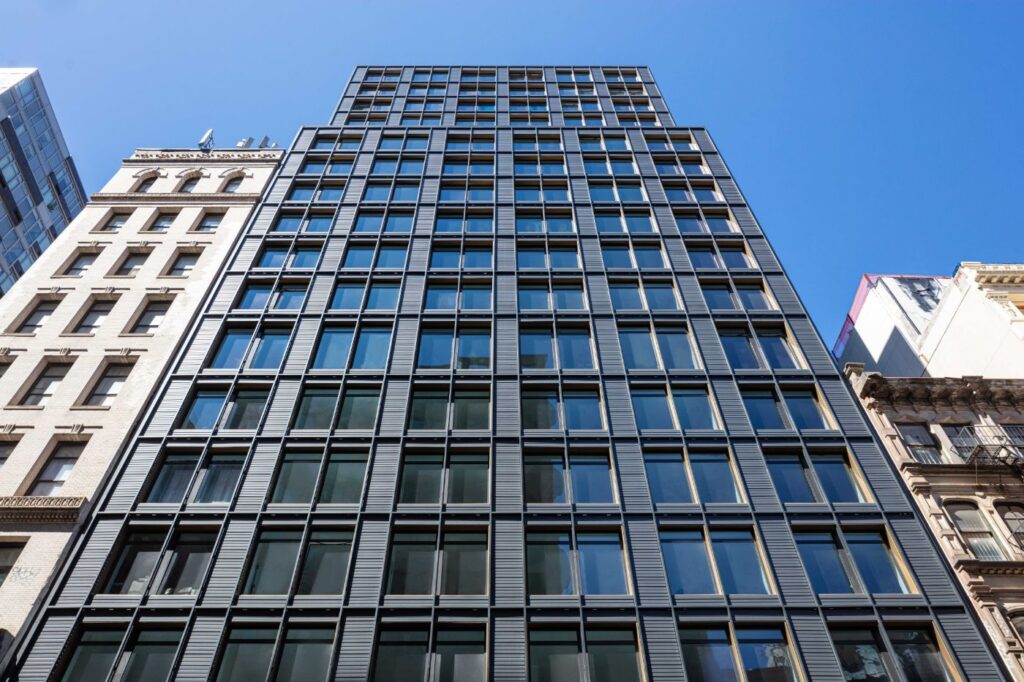
According to SOM’s specifications, the tiles were specially profiled in cross-section so that their raised stripes correspond to the face width of the rectangular tubes.
“The horizontal stripes provide a surface rich in details and contrasts. They also serve to bring the individual panels together to create a uniform appearance,” notes Van Holsbeke.
Added to this is the restrained, elegant, velvety dark glaze (colour no. 4534 black matt glazed) of the façade ceramics, which creates a coexistence with the neighbouring existing buildings that is as respectful as it is natural.
“The colour, texture and glaze of the tiles were carefully chosen to create an impression of depth and a varied play of light and shadow – in a sense, a contemporary interpretation of Tribeca’s typical stone and cast iron buildings,” explains Van Holsbeke.
Discreet access
It is only at second glance that one notices that the ground floor, parallel to the well-known Broadway, offers exclusively retail space.
This provokes the question of where the access to the total of 111 flats is located. The answer is given by the project’s name 91 Leonard. In the sense of large connected retail spaces, but also in order to be able to offer a postal address suggesting tranquillity, the architects decided to arrange the entrance in a small side street, Leonard Street.
This was possible because the property has a narrow alleyway to it. In Leonard Street, an entrance building was created which is barely three metres wide and around seven metres high, whose portal, also cladded with KeraShape rectangular tubes and KeraTwin facade ceramics, is reminiscent of the minimalist entrance to the shop of a luxury brand. The actual residential building can then be seen above the entrance building in the rear of the plot.
Luxurious living
Once you have passed the narrow two-storey entrance building, you enter a spacious lobby which is staffed around the clock by doormen.
The noblesse of this area, with exquisite furnishings, extensive glazing and a view of a green courtyard, offers a foretaste of the opulently furnished flats. Designed by Whitehall Interiors in the Tribeca Loft Style, the flats range in size from 50 to 250 sq. metres, and feature whitewashed oak parquet flooring, marble kitchen units and floor-to-ceiling windows.
Outside their own four walls, the residents have access to various communal facilities such as a roof terrace with lounge furniture, barbecue and open fireplace, a children’s playroom, a cinema hall, a fitness room and a spa area with an 18-metre pool, steam bath, and sauna.
From the outside, nothing of this luxury is visible. However, not least because of the façade, which is executed with great precision and craftsmanship, even passers-by quickly realize that a special building has been created here.
“The decisive factor for choosing ceramics was its aesthetic qualities”, explains Van Holsbeke. “The mysterious sheen, the visual depth, the attractive reflective behaviour and the noble colour shade give the facade a lasting subtle value.”
Durable and sustainable
Like many collections of the wide Agrob-Buchtal range, the tiles of the KeraTwin system used here are equipped with Hytect technology.
This innovative finish lends special properties. Tiles with Hytect are extremely easy to clean because water does not form drops but a thin film that washes dirt away. On façades, this leads to a self-washing effect that turns every rain shower into an environmentally friendly and free cleaning.
This supports impeccable aesthetics and enables significant savings in maintenance costs. In addition, Hytect has an antibacterial effect without the use of chemicals, preventing the formation of algae and moss on façades.
Furthermore tiles with Hytect decompose air pollutants such as nitrogen oxide (car exhaust gases) and sustainably improve air quality every day – all benefits that are of high relevance especially in densely populated metropolitan areas like New York.
Perfect partners
Additionally to high product quality, the company’s partners can benefit from extensive services: UK-local partner EH Smith, and the in-house planning department of Agrob Buchtal, support design professionals with practical advice – not just with simple general information, but with individual project-specific support.
Generally speaking, architects are relieved of detail work, so that they can concentrate on those aspects of any project that are more important to them.
Inpirational showroom
Recently opened, the EH Smith Design Centre, situated in the heart of London’s design district, is an inspirational facility designed by Stirling Prize winners Allford Hall Monaghan Morris.
As well as Agrob Buchtal façade products, this impressive design centre displays over 1,000 brick types and a huge range of ceramic and terracotta rainscreen, masonry support, GRC, natural stone cladding, and other façade materials.
The journey through texture, manufacturing process, colour, format, bond pattern and mortar choice is woven into the design of the centre; the shelving units are windposts and brickwork support, the floors are brick or ceramic, and timber is used throughout. The centre is designed to inspire.
EH Smith Design Centre
38-42 St John Street
Clerkenwell, London EC1M 4DL
T: 0845 250 7181
E: designcentre@ehsmith.co.uk
Agrob Buchtal
W: www.ehsmithfacades.co.uk
W: www.agrob-buchtal.de
W: https://facade.agrob-buchtal.de



